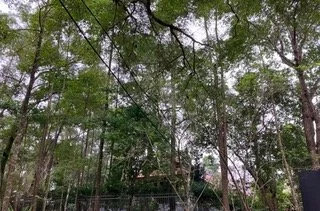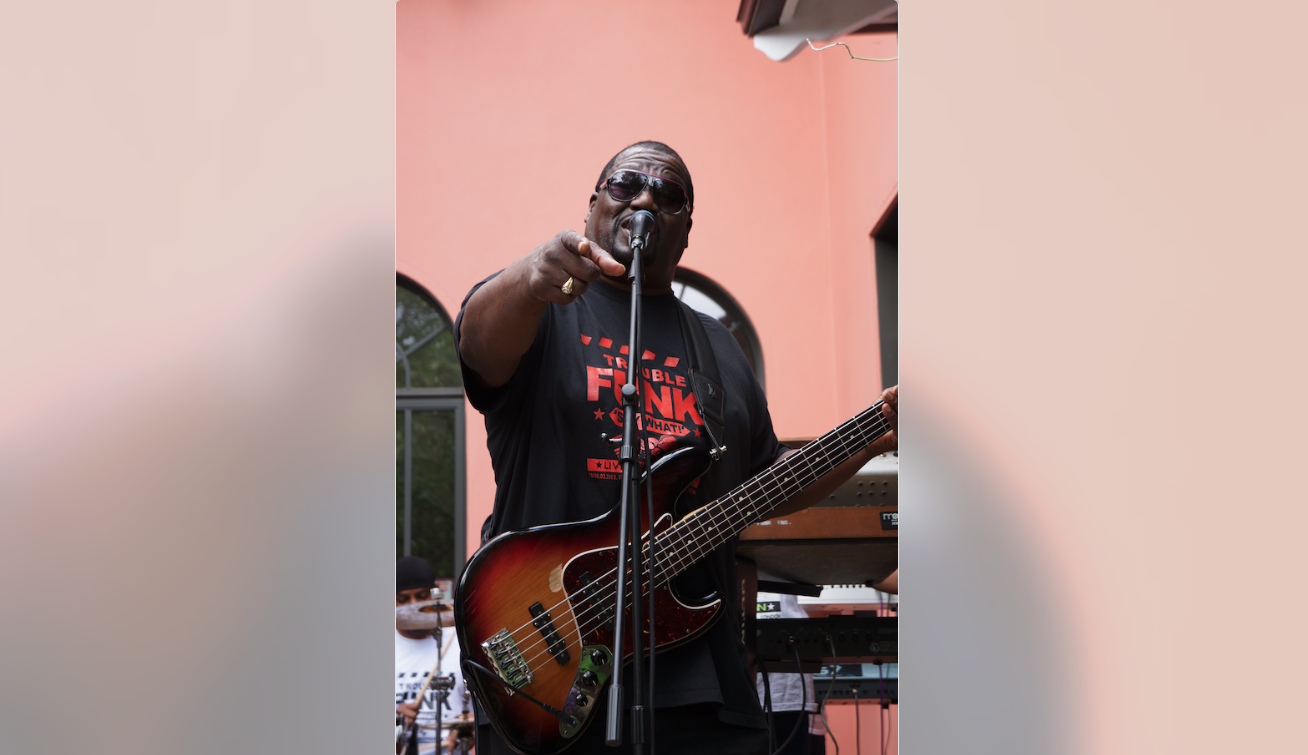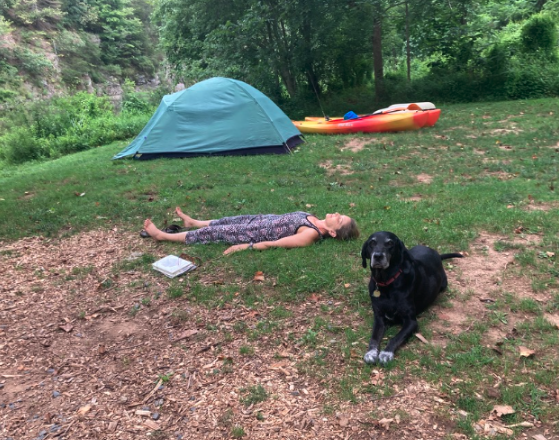This Monday Mary will facilitate.
Tonight we will discuss our experience and insights into the Four Noble Truths from an interesting vantage point. I highlight several questions to ponder before we meet.
Ever think about your connection to the four elements of air, fire, water, and earth? Can you find these elements in your body? Did you ever think of yourself as being changeable like the weather?
Pema Chodron in her book Awakening Loving-Kindness comments:
It's said that when we die, the four elements -- earth, air, fire, water -- dissolve one by one, each into the other, and finally just dissolve into space. But while we're living, we share the energy that makes everything, from a blade of grass to an elephant, grow and live and then inevitably wear out and die. This energy, this life force, creates the whole world. It's very curious that because we as human beings have consciousness, we are also subject to a little twist where we resist life's energies.
Ever wonder why our default setting seems to be to resist the flow of life's energies?
In the Buddha's first teaching - called the 4 noble truths - he talked about suffering. The First noble truth says that it's part of being human to feel discomfort. Nothing in its essence is one way or another. All around us, the wind, the fire, the earth, the water are always taking on different qualities; they are like magicians. We also change like the weather. We ebb and flow like the tides, we wax and wane like the moon. We fail to see that like the weather, we are fluid, not solid. And so we suffer.
The Second noble truth says that resistance is the fundamental operating mechanism of what we call ego, that resisting life causes suffering. Traditionally it's said that the cause of suffering is clinging to our narrow view, which is to say, we are addicted to "me". We resist that we change and flow like weather, that we have the same energy as all living things. When we resist, we dig in our heels. We make ourselves really solid. resisting is what's called ego.
Ever wonder what might happen if you stopped resisting? What if you were able to flow from one situation to the next, acting more like the weather?
The Third noble truth says that suffering ceases when we let go of trying to maintain the huge "me" at any cost. This is what we practice in meditation. When we let go of the story line, we're left just sitting with the quality and energy of whatever particular "weather" we've been trying to resist.
Can you identify some repeating stories you tell yourself, drop the story line and try to identify the energy of whatever 'weather' you have been trying to resist?
The essence of the Fourth noble truth is that we can use everything we do to help us realize that we're part of the energy that creates everything. If we learn to sit still like a mountain in a hurricane, unprotected from the truth and vividness and the immediacy of simply being part of life, then we are not this separate being who has to have things turn out our way. When we stop resisting and let the weather simply flow through us, we can live our lives completely. It's up to us.
Can you stop resisting and insisting that the story work out the way you want it to and allow the weather to flow through you?
I encourage you to read the longer version of this excerpt below, stuffed full of beautiful teachings and insights. It may help to better understand from where all this resistance comes.
I look forward to sharing our 'weather' reports!
Warmly,
Mary
Awakening Loving-Kindness by Pema Chodron
Excerpt - Chapter 9
Weather and the Four Noble Truths
When the Buddha first taught, he could have taught anything. He had just waked up completely. His mind was clear and he experienced no obstacles -- just the vastness and goodness of himself and his life. The story goes, however, that it was difficult for him to express his experience; initially he decided not to teach because he thought no one would be able to understand what he was talking about. He finally decided that he would go out and he would teach because there were some people who would hear him. The interesting thing is that at first he didn't talk about the unconditional; he didn't talk about basic goodness, clarity, space, bliss, wonder, or openness. In the first teaching of the Buddha -- the teachings on the four noble truth -- she talked about suffering.
I've always experienced these teachings as a tremendous affirmation that there is no need to resist being fully alive in this world, that we are in fact part of the web. All of life is interconnected. If something lives, it has life force, the quality of which is energy, a sense of spiritedness. Without that, we can't lift our arms or open our mouths or open and shut our eyes. If you have ever been with someone who is dying, you know that at one moment, even though it might be quite weak, there's life force there, and then the next moment there is none. It's said that when we die, the four elements -- earth, air, fire, water -- dissolve one by one, each into the other, and finally just dissolve into space. But while we're living, we share the energy that makes everything, from a blade of grass to an elephant, grow and live and then inevitably wear out and die. This energy, this life force, creates the whole world. It's very curious that because we as human beings have consciousness, we are also subject to a little twist where we resist life's energies.
I was talking to a man the other day who has severe depression. When he gets depressed, he sits in a chair; he can't move. All he does is worry. He said that all winter long he sat in the chair, thinking that he ought to go bring the lawn mower out of the snow, but he just couldn't do it. Now that's not what I mean by sitting still. Sitting still, or holding one's seat, means not being pulled away from being fully right there, fully acknowledging and experiencing your life energy. So what happens? I can tell you my experience of it. I was sitting, doing the technique, when this bad feeling came along. Next thing I knew, I was thinking all kinds of things, worrying about something that's going to happen in September, worrying about who is going to take care of the minutest little details of something that's going to happen in October. Then I remembered: sitting still in the middle of a fire or a tornado or an earthquake or a tidal wave, sitting still. This provides the opportunity to experience once again the living quality of our life's energy -- earth, air, fire, and water.
Why do we resist our energy? Why do we resist the life force that flows through us? The first noble truth says that if you are alive, if you have a heart, if you can love, if you can be compassionate, if you can realize the life energy that makes everything change and move and grow and die, then you won't have any resentment or resistance. The first noble truth says simply that it's part of being human to feel discomfort. We don't even have to call it suffering anymore, we don't even have to call it discomfort. It's simply coming to know the fieriness of fire, the wildness of wind, the turbulence of water, the upheaval of earth, as well as the warmth of fire, the coolness and smoothness of water, the gentleness of the breezes, and the goodness, solidness, and dependability of the earth. Nothing in its essence is one way or the other. The four elements take on different qualities; they're like magicians. Sometimes they manifest in one form and sometimes in another. If we feel that that's a problem, we resist it. The first noble truth recognizes that we also change like the weather, we ebb and flow like the tides, we wax and wane like the moon. We do that, and there's no reason to resist it. If we resist it, the reality and vitality of life become misery, a hell.
The second noble truth says that this resistance is the fundamental operating mechanism of what we call ego, that resisting life causes suffering. Traditionally it's said that the cause of suffering is clinging to our narrow view. Another way to say the same thing is that resisting our complete unity with all of life, resisting the fact that we change and flow like the weather, that we have the same energy as all living things, resisting that is what's called ego.
Yesterday I began to be very curious about the experience of resistance. I noticed that I was sitting there with uncomfortable feelings in my heart and my stomach -- dread, you could call it. I began to recognize the opportunity of experiencing the realness of the four elements, feeling what it's like to be weather. Of course that didn't make the discomfort go away, but it removed the resistance, and somehow the world was there again. When I didn't resist, I could see the world. Then I noticed that I had never liked the quality of this particular "weather" for some reason and so I resisted it. In doing that, I realized, I re-created myself. It's as if, when you resist, you dig in your heels. It's as if you're a block of marble and you carve yourself out of it, you make yourself really solid. In my case, worrying about things that are going to happen is very unpleasant; it's an addiction. It's also unpleasant to get drunk again if you're an alcoholic, or to have to keep shooting up if you're a drug addict, or to keep eating if you have overeating addiction, or whatever it is. All these things are very strange. We all know what addiction is; we are primarily addicted to me.
Interestingly enough, when the weather changes and the energy simply flows through us, just as it flows through the grass and the trees and the ravens and the bears and the moose and the ocean and the rocks, we discover that we are not solid at all. If we sit still, like the mountain Gampo Lhatse in a hurricane, if we don't protect ourselves from the trueness and the vividness and the immediacy and the lack of confirmation of simply being part of life, then we are not this separate being who has to have things turn out our way.
The third noble truth says that the cessation of suffering is letting go of holding on to ourselves. By "cessation" we mean the cessation of hell as opposed to just weather, the cessation of this resistance, this resentment, this feeling of being completely trapped and caught, trying to maintain huge me at any cost. The teachings about recognizing egolessness sound quite abstract, but the path quality of that, the magic instruction that we have all received, the golden key is that part of the meditation technique where you recognize what's happening with you and you say to yourself, "Thinking." Then you let go of all the talking and the fabrication and the discussion, and you're left just sitting with the weather -- the quality and the energy of the weather itself.
Maybe you still have that quaky feeling or that churning feeling or that exploding feeling or that calm feeling or that dull feeling, as if you'd just been buried in the earth. You're left with that. That's the key: come to know that. The only way you can know that is by realizing that you've been talking about it, turning it into worry about next week and next October and the rest of your life. It's as if, curiously enough, instead of sitting still in the middle of the fire, we have developed this self-created device for fanning it, keeping it going. Fan that fire, fan that fire. "Well, what about if I don't do this, then that will happen, and if that happens then this will happen, maybe I better get rid of such-and-such and get this and do that. I better tell so-and-so about this, and if I don't tell them that, surely the whole thing is going to fall apart, and then what will happen? Oh, I think I want to die and I want to get out of here. This is horrible and" Suddenly you want to jump out of your seat and go screaming out of the room. You've been fanning the fire. But at some point you think, "Wait a minute. Thinking." Then you let go and come back to that original fluttering feeling that might be very edgy but is basically the wind, the fire, the earth, the water. I'm not talking about turning a hurricane into a calm day. I'm talking about realizing hurricane-ness, or, if it's a calm day, calmness. I'm not talking about turning a forest fire into a cozy fire in the fireplace or something that's under your cooking pot that heats your stew. I'm saying that when there's a forest fire, don't resist that kind of power -- that's you. When it's warm and cozy, don't resist that or nest in it. I'm not saying turn an earthquake into a garden of flowers. When there's an earthquake, let the ground tremble and rip apart, and when it's a rich garden with flowers, let that be also. I'm talking about not resisting, not grasping, not getting caught in hope and in fear, in good and in bad, but actually living completely.
The essence of the fourth noble truth is the eightfold path. Everything we do -- our discipline, effort, meditation, livelihood, and every single thing that we do from the moment we're born until the moment we die -- we can use to help us to realize our unity and our completeness with all things. We can use our lives, in other words, to wake up to the fact that we're not separate: the energy that causes us to live and be whole and awake and alive is just the energy that creates everything, and we're part of that. We can use our lives to connect with that, or we can use them to become resentful, alienated, resistant, angry, bitter. As always, it's up to us.





















